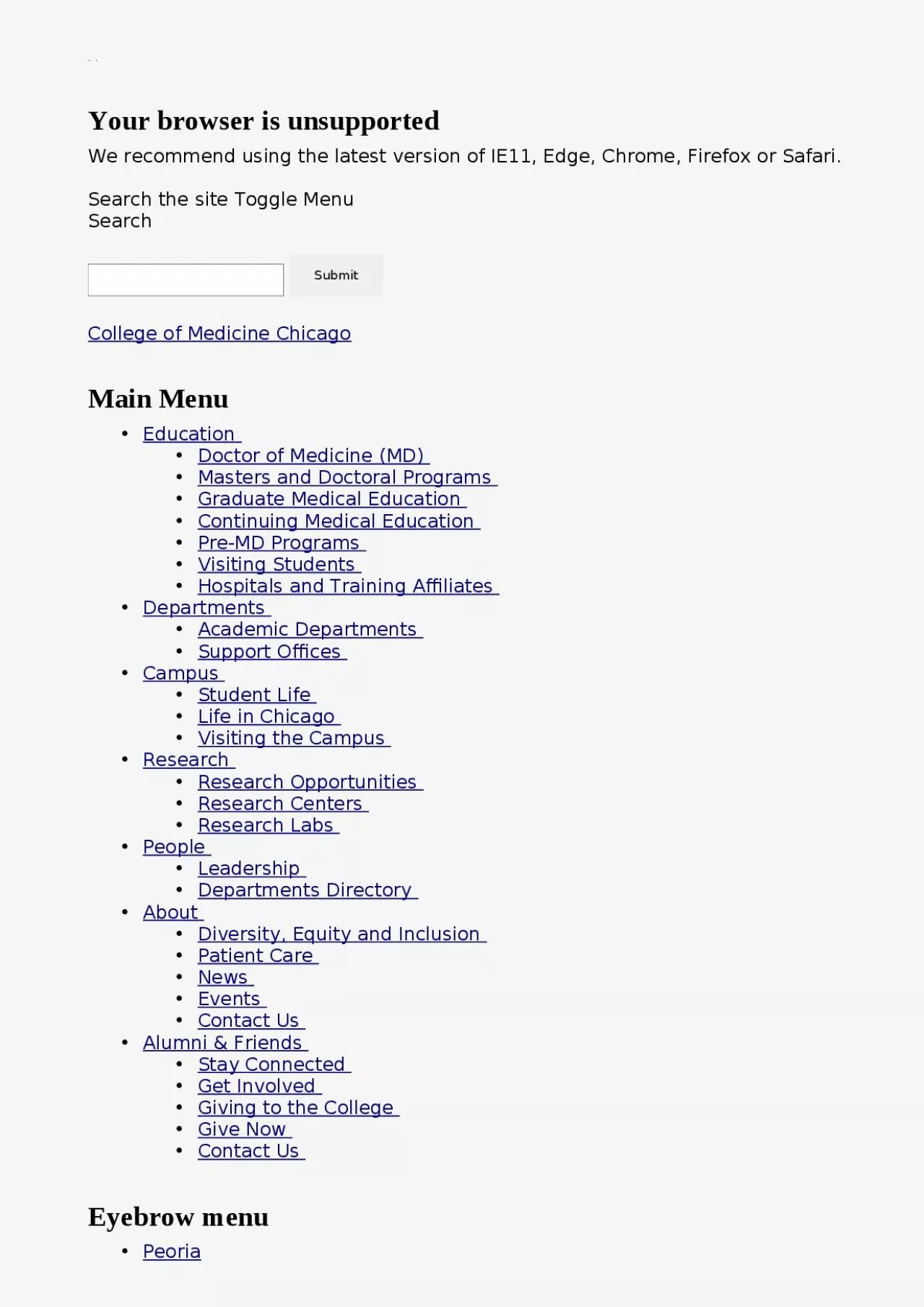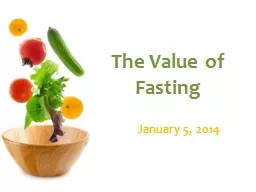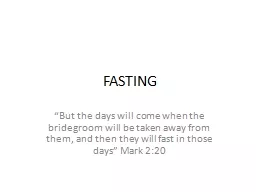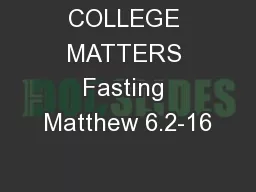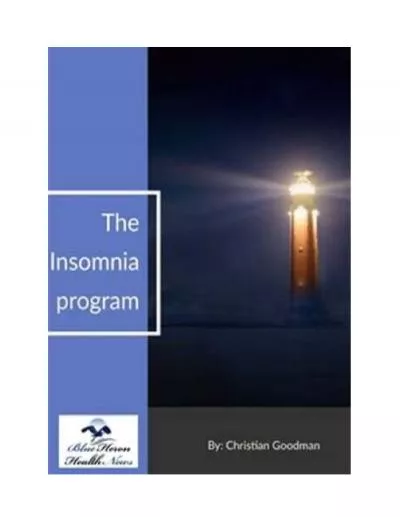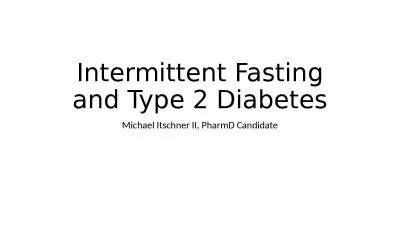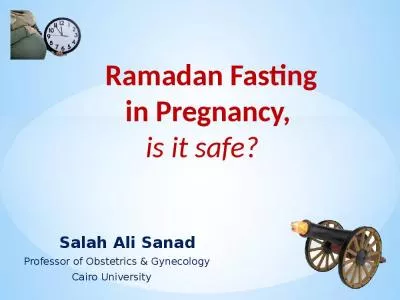PPT-Fasting, Not Calories, Drives the
Author : heavin | Published Date : 2022-06-18
Metabolic and Molecular Response to a Calorie Restricted Diet Abstract Calorie restriction CR promotes metabolic health healthspan and longevity in diverse
Presentation Embed Code
Download Presentation
Download Presentation The PPT/PDF document "Fasting, Not Calories, Drives the" is the property of its rightful owner. Permission is granted to download and print the materials on this website for personal, non-commercial use only, and to display it on your personal computer provided you do not modify the materials and that you retain all copyright notices contained in the materials. By downloading content from our website, you accept the terms of this agreement.
Fasting, Not Calories, Drives the: Transcript
Download Rules Of Document
"Fasting, Not Calories, Drives the"The content belongs to its owner. You may download and print it for personal use, without modification, and keep all copyright notices. By downloading, you agree to these terms.
Related Documents

